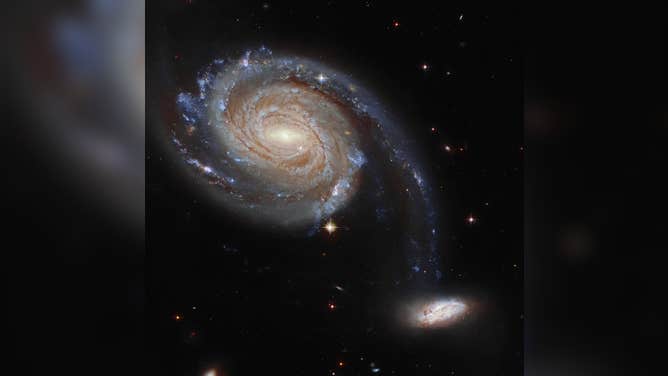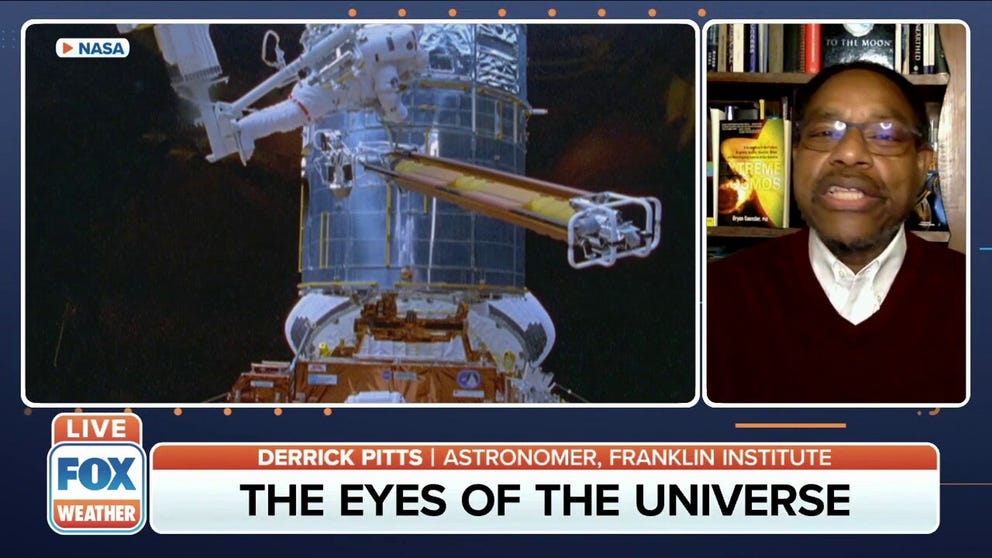NASA's trying to figure out what's wrong with Hubble Space Telescope
NASA's next space telescope, James Webb, launches in December.

This observation from the NASA/ESA Hubble Space Telescope showcases Arp 86, a peculiar pair of interacting galaxies which lies roughly 220 million light-years from Earth in the constellation Pegasus.
(Image credit: ESA/Hubble & NASA, Dark Energy Survey, J. Dalcanton)
Since late October, NASA's Hubble Space Telescope has been operating in safe mode and has been unable to conduct science observations.
The telescope entered safe mode configuration around Oct. 23 when its science instruments issued error codes. The team reset the instruments and resumed science operations, but on Oct. 25, the same error codes returned, indicating multiple losses of synchronization messages.
Since then, the telescope's science instruments have been operating in safe mode. The rest of the spacecraft continues to function normally, according to the space agency,
Derrick Pitts, an astronomer with the Franklin Institute, said "safe mode" is as if the telescope has been "put to sleep" because it has internal communication issues.
NASA's Hubble Telescope On Safe Mode? Astronomer Explains
Franklin Institute astronomer Derrick Pitts says the telescope has likely been put to sleep as a precaution to protect the spacecraft from falling out of orbit or losing data.
"There is something going on with some of the software in which some pieces of equipment are not communicating with each other," Pitts said.
Safe mode allows engineers time to figure out the problem and issue a fix, Pitts said. The telescope will do this automatically to protect data and the spacecraft itself.
In a Nov. 1 update, NASA said team members continue to evaluate the spacecraft to understand better the problem and how to fix it. A new game plan is expected to be ready by next week.
Hubble has been operating in space for more than 20 years since launching from Kennedy Space Center in 1990. The telescope had a troubled start when it was discovered the observatory's mirror had flaws resulting in blurry images. In 1993, astronauts would repair Hubble in space, making the photos no longer blurry.
More than 20 years later, NASA is preparing to launch another more powerful observatory called the James Webb Space Telescope.
The observatory will launch in December from French Guiana. JWST won't be operational for at least six months after launch.
Webb is following in the already impressive act of the Hubble Space Telescope, but the two are unique. Webb will look at the Universe in the infrared, whereas Hubble uses optical and ultraviolet. Hubble's successor, once in space, will be much further from Earth, about 1.5 million kilometers.
Webb will be able to see farther back into the cosmos, observing the first galaxies.
